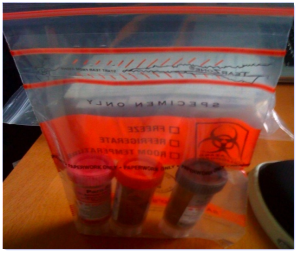Today I talked to a restaurant operator about something they wanted to do that was risky. After talking about what could go wrong, the operator said ‘I don’t want to make people sick, I’ll figure something else out.’
Making patrons sick is bad business.
According to WHIO, a Dayton restaurant has closed as health officials investigate the source of illnesses.
The health department received the first report of Lucky’s patrons and employees being ill on Monday and samples have been sent to the Ohio Department of Health for testing, said Health Commissioner Jeff Cooper.
The testing will identify what specifically the people are suffering from, Cooper said.
Cooper said they are currently still collecting samples and conducting interviews, in part to determine whether there was a particular food or dish that all the sick people ate.
Drew Trick, owner of Lucky’s, confirmed this afternoon that the restaurant and bar voluntarily shut down at least through Friday while health officials test produce and other items to try to determine what caused the food-borne illness that affected both customers and employees.
“We’re doing everything we can to ensure our customers are safe when we reopen,” Trick said.
“We have bleached every square inch of this establishment” and have thrown out all produce and other food items to ensure the threat is eliminated, the restaurant’s owner said.
I wonder if some of those sick employees were working while ill.







